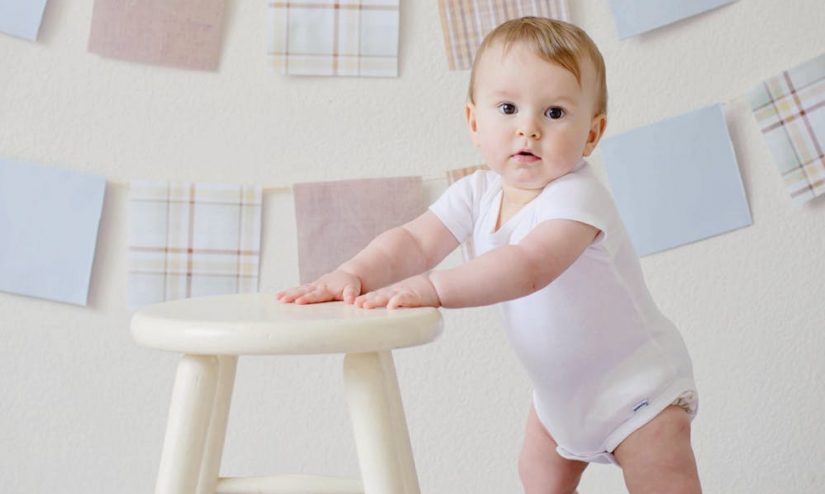How did you teach your child to walk? You probably did a combination of:
- Encouraging him to pull up on the furniture and cruise
- Walking with him while holding his hand
- Standing a few feet away with your arms wide open, calling him towards you!
Does this sound familiar? What you really did was: set the environment, support when needed, and ENCOURAGE success.
Did you ever roll your eyes at him, shake your head, and say, “come on baby. It’s easy, JUST WALK!” Or did you hold the object he wanted, look him right in the eye, and say, “If you want this you are going to need to walk here and get it. I’m not giving it to you otherwise.”
No! We instinctually know that we have to encourage our children to walk through warmth and support. Maybe you said, “Come here if you want the milk!”, but I bet you said it with a smile on your face and with a look that showed you believed he could do it.
This is what we need to do with speech and language development.
I have seen parents and therapists hold an item out of reach, look at the child with a bored look, and say, “Say milk”. When the child doesn’t say it, the adult shakes her head and says again, “No! Say milk.”
If you wouldn’t do this for walking, don’t do it for language development either.
Kids will do more if they feel safe and supported. Your child knew that you would try to catch him if he fell. He trusted you enough to walk to you. We need to show our children that even if they cannot say something, they can trust us and they know that we will support them. For most children, you do not need to force them to walk. Similarly, we do not need to force children to speak.
We do need to: set the environment, offer supports, and spotlight our encouragement.
- Set the environment: put desired items out of reach, hide toys in boxes and bags, provide books and visuals, and keep distractions to a minimum.
- Support: Model making requests. Don’t be afraid to use supports such as pictures or sign language.
- Encouragement: Encourage your child to make a request! With enthusiasm, ‘realize’ what it is your child wants and then ask them to say the name of the object. Encourage him for as long as you would encourage a kid to walk. Typically, I encourage 2-4 times. Then let him know that you are still proud of him for trying, and give him the object. Build the trust between you and your child, so that he knows that you are there to help him. Let him know you are looking forward to practicing again next time.

Comments are closed.